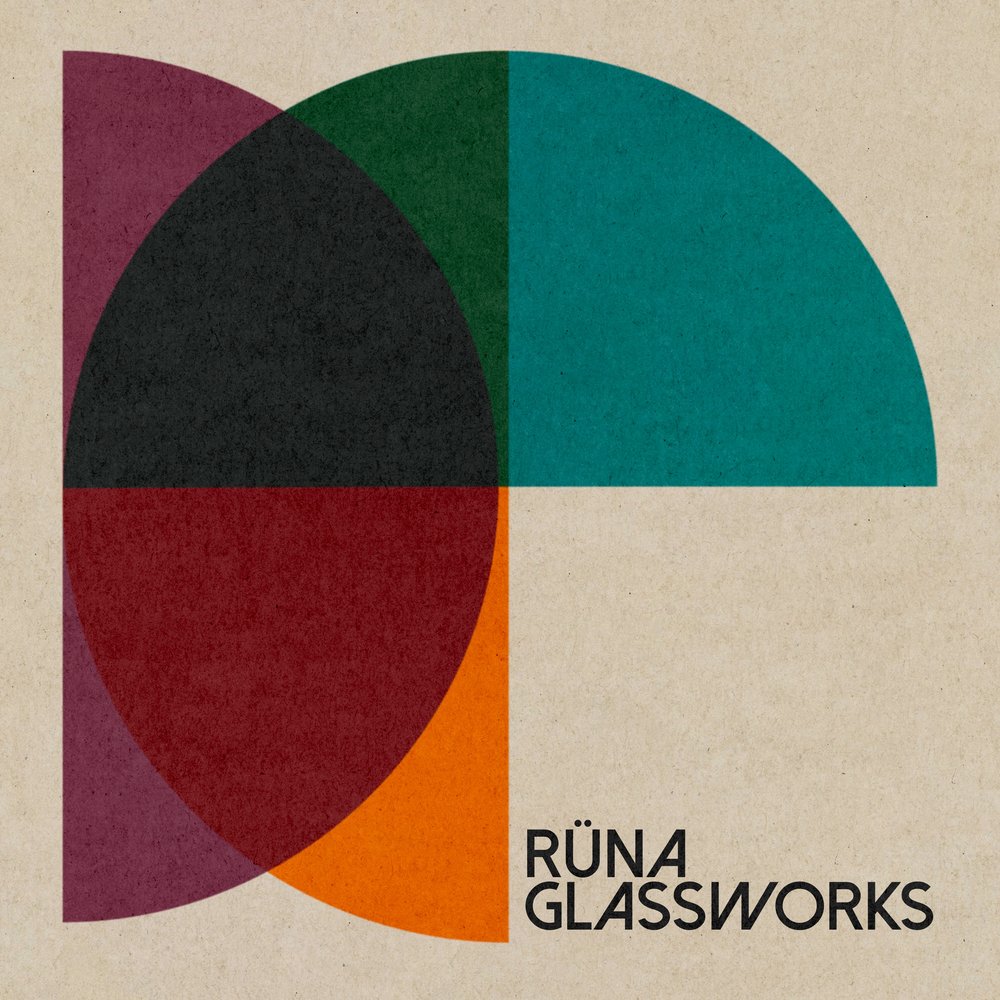In ep. 07 I'm joined by Janel Foo of Janel Foo Glassworks. Janel’s making the world not only a more beautiful place with her colorful geometric Art Deco inspired glass work but also using her platform as an artist to do some really powerful activism work in ways we can all take notes from. The AAPI community has seen a staggering uptick of hate crime in the last year that left us all disgusted and heartbroken. Janel saw an opportunity and jumped into the fight for good and the butterfly affect of her positive actions are still growing.
Join me as I crack it all wide open!
To see more of Janel's work her instagram is @janelfooglassworks
and her website is janelfoo.com.
Honorable mentions from this episode:
createtostophate.com
stopaapihate.org
Top Chefs-
Melissa King
@kristinlkish
Mei Lin
Writers-
Ocean Vuong
Cathy Park Hong
Photographer -
Michael Jang
Comedian-
aliwong.com
Janel's favorite artists:
Windy Chien
windychien.com
@windychien
Beth Naumann
bethnaumann.com
@beth.naumann
ABOUT THAT PINK GLASS COST FROM LESLEY GREEN OF @BESPOKE GLASS:
“Hey guys! Just listening to the podcast & can give a little info on the whole pink glass cost issue. It's true there is gold in some pinks (usually the warmer ones), but most of the bluer cooler pinks have erbium (not sure how this compares pricewise but many of the raw elements are $$$). There are no dyes involved in glass colors, the glass is all melted from raw materials in weight proportions just like a recipe; this mix is called 'batch' and generally includes compounds that make up clear glass (silica [sand], soda & lime) + raw materials that add color (copper, tin, cobalt, gold, etc etc etc) + other agents that adjust the stability, melting quality, clarity, COE compatibility, those sorts of things. So that's true for basically all the glass we use for stained glass, and the toxicity isn't really different between the colors - the most toxic part of the process is when the materials are being mixed and the furnaces are being charged as it's a lot of toxic airborne particles floating around. Basically dust is the real dangerous part and that's universal regardless of color. There are issues with emissions from the melting of the materials, but that's typically stuff that can be solved with how the factory is built - although this problem has greatly changed our industry in the US because some of our factories were in the middle of now-thriving cities (esp Portland). That's a whole other story though. What makes pinks, reds and oranges so expensive though, aside from the materials, is that they burn out way faster than blues & greens - meaning if you melt an entire furnace of a gold-pink glass, you can only use some portion of it before the color burns out, pinks being the shortest of all the colors I believe. Since these colors are meant to be replicable, when the color starts to burn out and doesn't match the color standard, the glass has to be used for something else, this is what sometimes called limited runs or uncategorized colors.”
THANK YOU LESLEY!!!
For episodic sponsorship opportunities please email hello@runaglassworks.
Thank you to this episode’s sponsor:
The Stained Glass Association of America
The Professional Trade Association for Architectural Art Glass
Support the show (https://www.patreon.com/runaglassworks)
